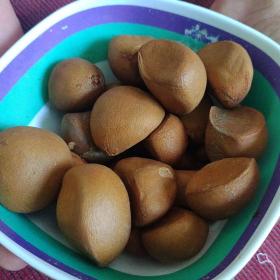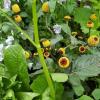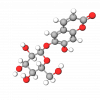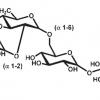Andiroba (Carapa Guaianensis) oil has been made traditionally for a very long time by the Wayapi and Palikur Indians in the Amazon basin. Over time, its traditional use gradually spread to other peoples in the Amazon delta. However, Carapa Guaianensis Seed Oil was not until the early 20th century that the oil was produced and used on a larger scale.
There is a very special method for gathering fruit in the Amazon delta. When the Andiroba fruits fall from the trees, the Amazon at high tide — because here the river is tidal — carries them out to sea. The tidal movements mean that later, on the banks of the delta, the local populations can pick up the numerous shelled fruits that have been carried down from the forest by the river. There is so much that in the high season, it only takes 6 hours to collect a tonne!
Once the fruit has dried in the sun, it is simply pressed in small hydraulic presses. Carapa Guaianensis seed oil extracted at the first cold pressing is then decanted, filtered, and finally stored under nitrogen.
Carapa Guaianensis seed oil finally undergoes light refining in order to remove free acidity, which is often a characteristic of crude Andiroba oil, and it is enriched in natural vitamin E in order to improve its oxidative stability. The unsaponifiable fraction (< 2%) of Carapa Guaianensis seed oil is mainly made up of phytosterols and triterpene compounds that are highly atypical, limonoids.In and around the Amazon basin, the oil is traditionally applied to the body to repel insects and other parasites. From a dermatological standpoint, Carapa Guaianensis seed oil is also used as it is or as a balm for its anti-inflammatory and soothing properties.
What is the fatty acids content of Carapa Guaianensis seed oil?
| Myristic Acid | < 0.1% |
| Palmitic Acid | 20-35% |
| Stearic Acid | 5-12% |
| Oleic Acid | 45-55% |
| Linoleic Acid | 5-15% |
| Linolenic Acid | < 1.0 |
| Arachidic Acid | < 3.0 |











